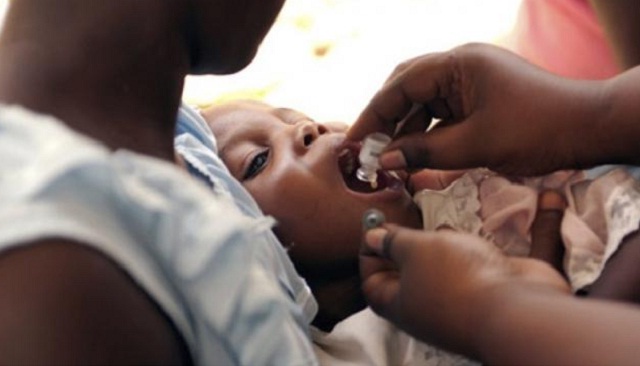
Kampala, Uganda | THE INDEPENDENT | Ministry of Health will next month embark on cholera vaccination in flood-prone areas following reports of anticipated heavy rains.
Oral cholera vaccine is used as part of the Ministry of Health’s integrated cholera prevention and control strategy. The others include the provision of safe water, improved sanitation, and high-quality case management.
Dr Joyce Moriku, the State Minister for Primary Health Care says that the government has imported additional 1 million vaccines which will be rolled out in May to complete vaccination of those that had earlier received the first dose last year 2020.
According to Moriku, the flood-prone districts include Kasese, Busia, Namayingo, Obongi, Madi-Okolo, Ntoroko, targeting to reach between 800,000 and one million people. These received the first dose and have been considered high-risk areas to flood reports during the rainy season.
During the floods, the districts face threats of an outbreak of cholera and other water-borne diseases. In Kasese district, River Nyamwamba bursts its banks displacing several people and washing away latrines. The residents also deposit human waste in polythene bags and dump it in the flowing water.
Dr Godfrey Bwire, the Assistant Commissioner of Public Health Emergency, urged the public to also follow preventive guidelines like regular hand washing, opening up drainage channels, drinking boiled water and clearing bushes around their homes.
In September 2018, the government launched a national cholera vaccination campaign that aimed to vaccinate over one million people in cholera prone areas.
Cholera is an infection caused by bacteria and affects the intestines. The main symptoms are watery diarrhoea and vomiting. This may result in dehydration and severe cases of greyish-bluish skin. Transmission occurs primarily by drinking water or eating food that has been contaminated by the faeces of an infected person, including one with no apparent symptoms.
*****
URN
 The Independent Uganda: You get the Truth we Pay the Price
The Independent Uganda: You get the Truth we Pay the Price


